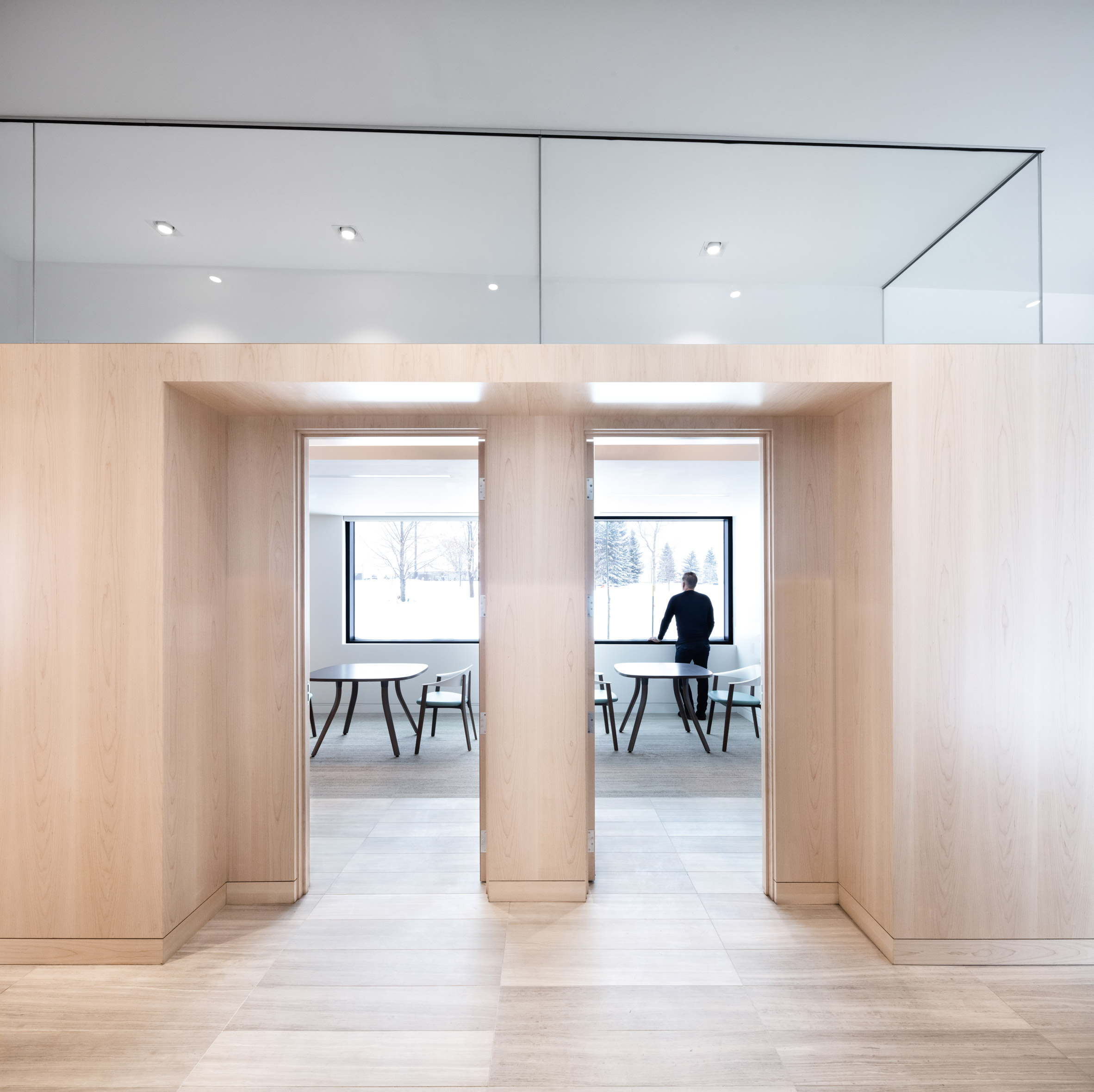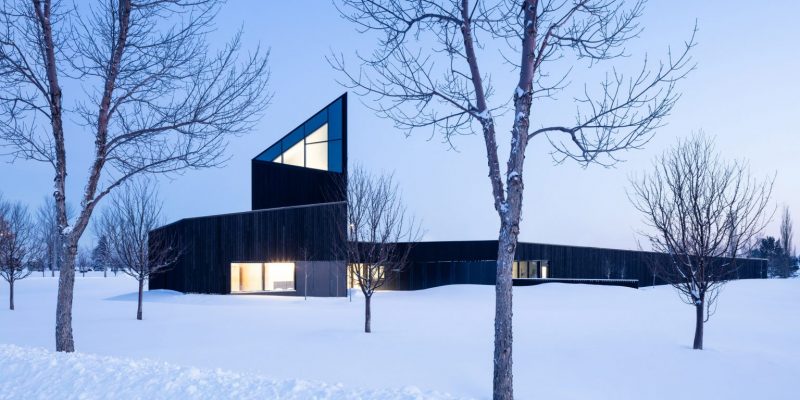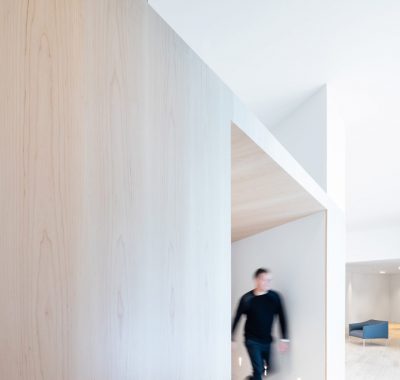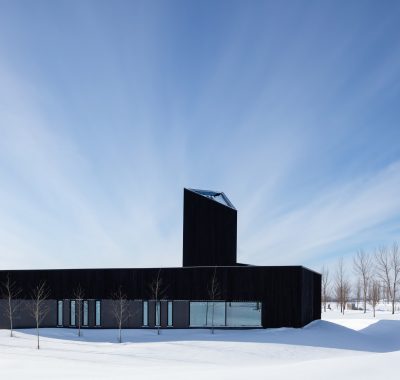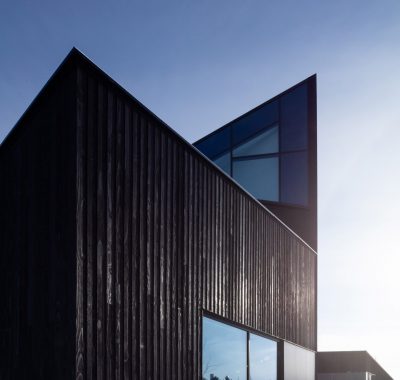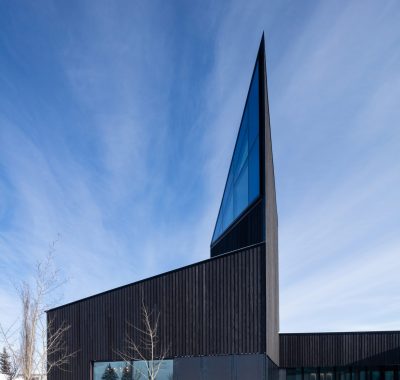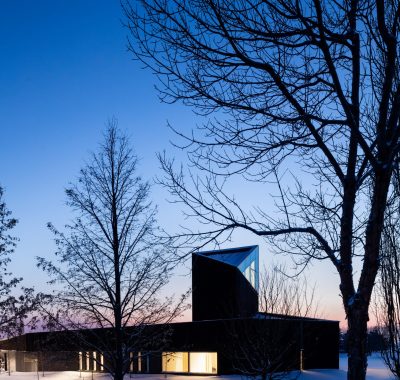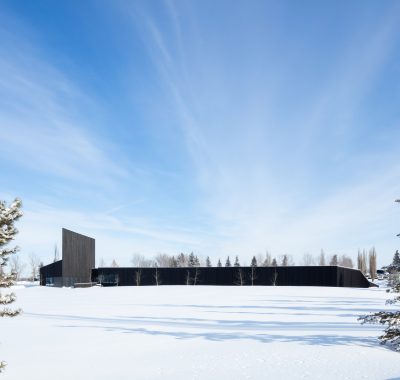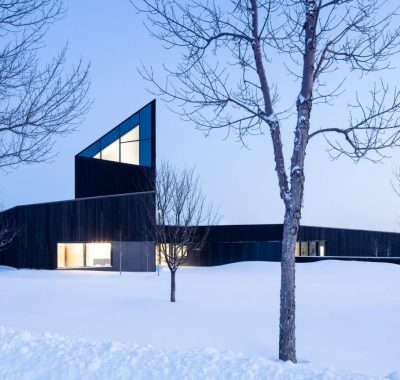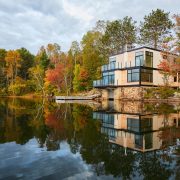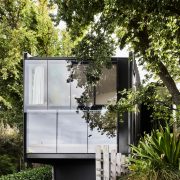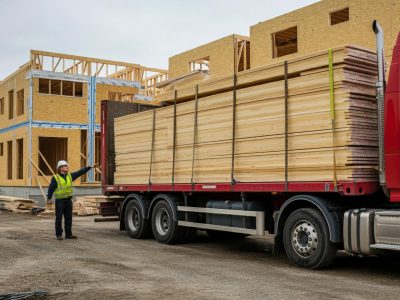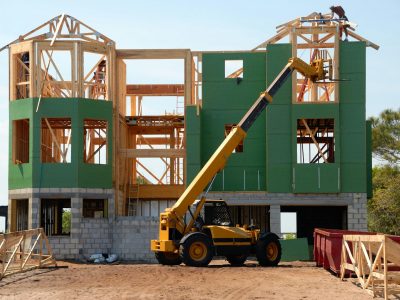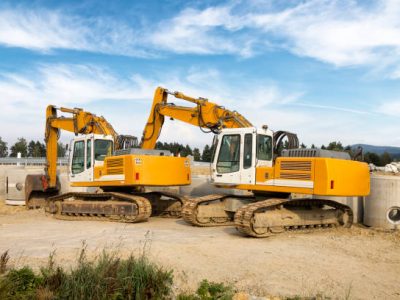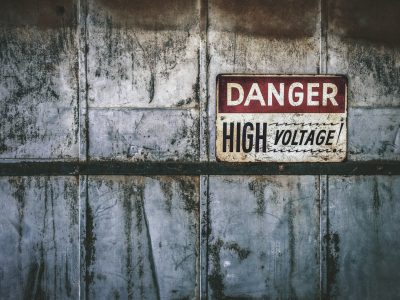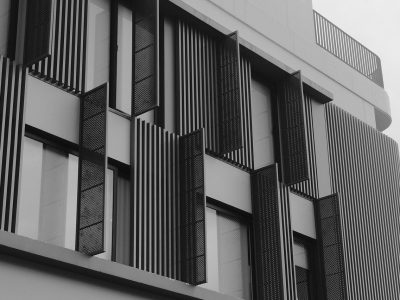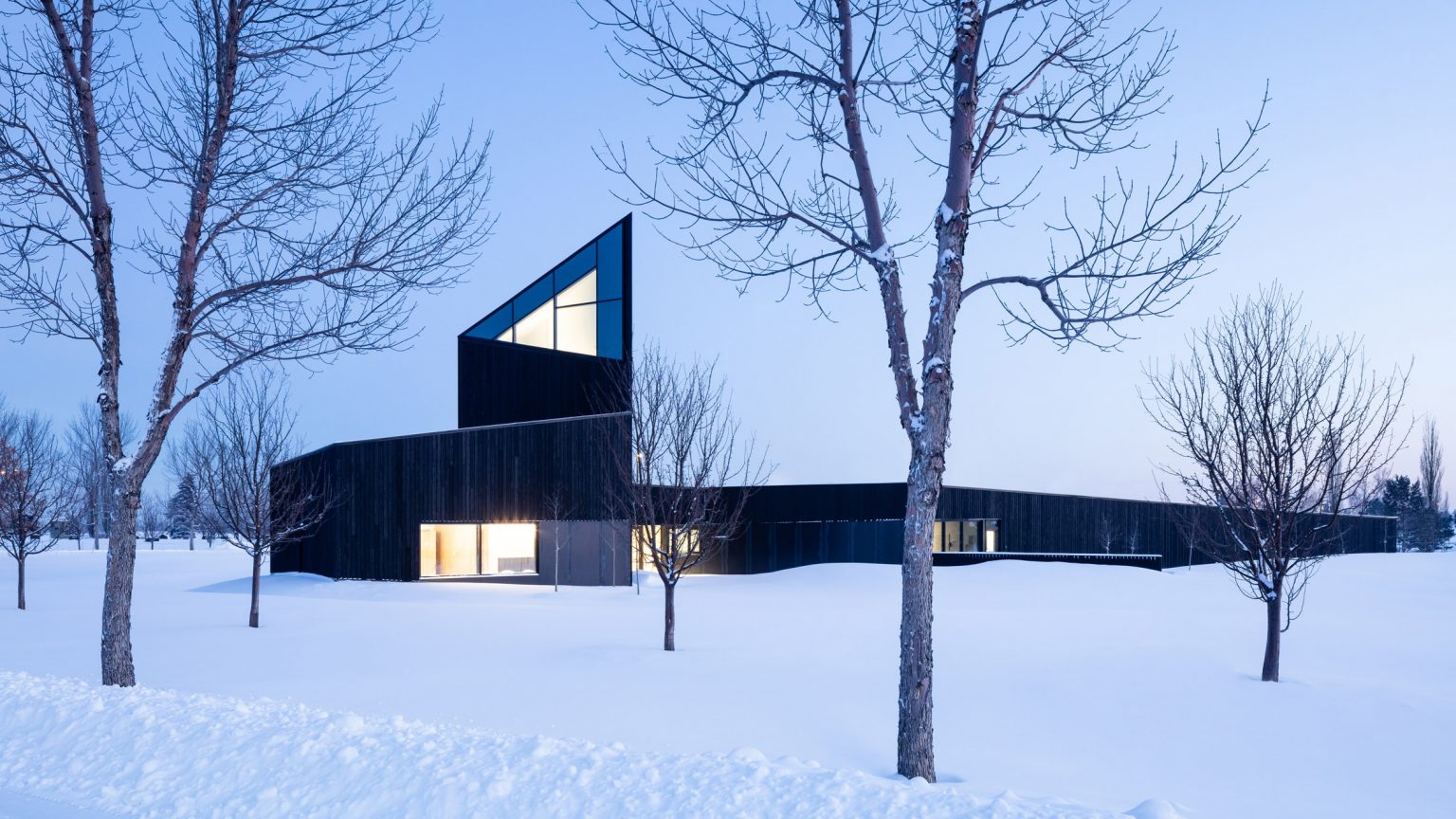
Vancouver-based Shape Architecture has launched the South Haven Center for Remembrance from charred wood inside a municipal cemetery on the outskirts of Edmonton, Canada. Built to serve non-denominational cemeteries, Shape Architecture aims to create a building that is sensitive to its site and conveys a sense of remembrance without reference to a strong religion.
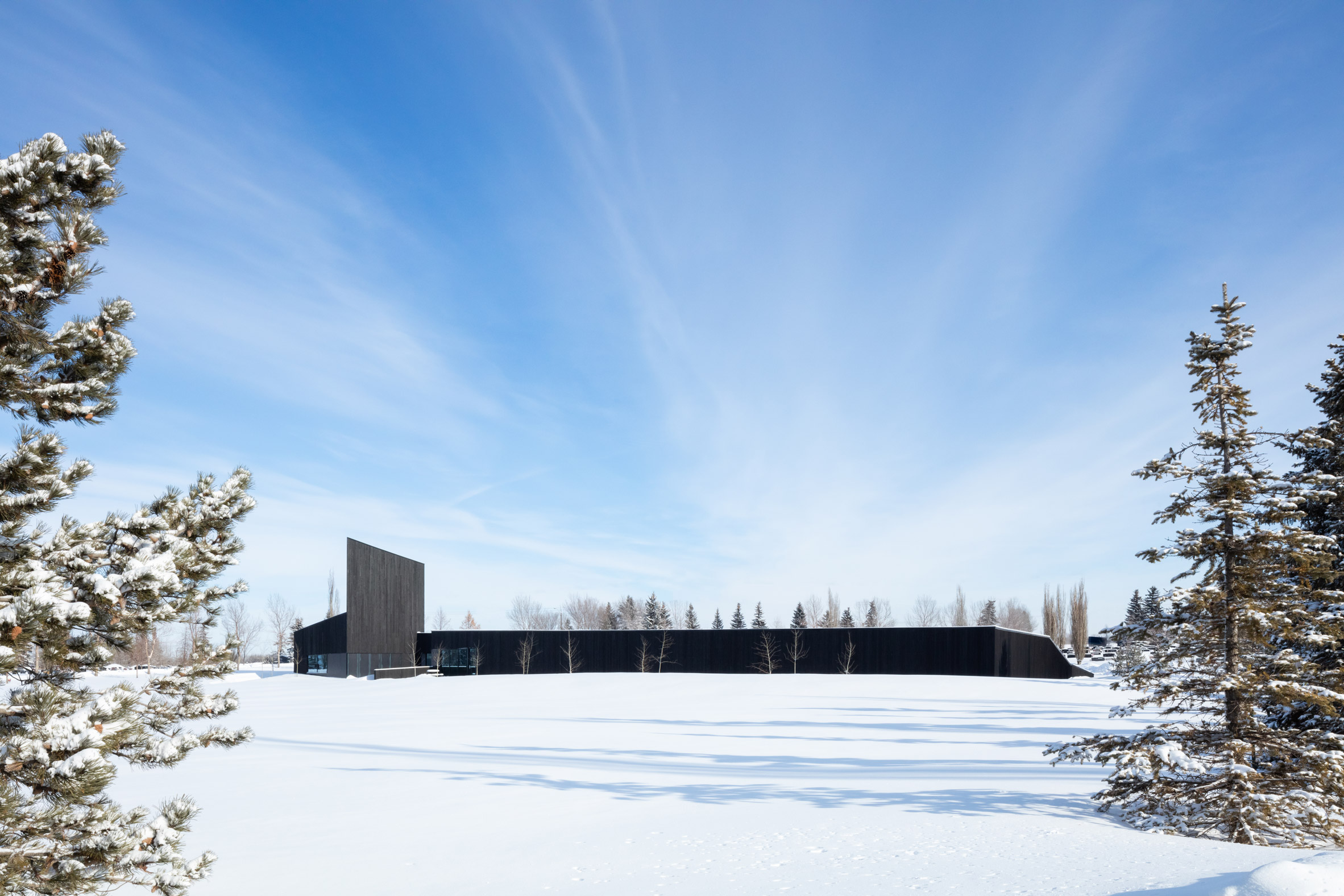
“Given the cemetery is non-denominational; the mandate was to create a building that would speak to everyone without any literal references or iconography,” said Shape Architecture partner Dwayne Smyth. “This was one of the most challenging and also motivating drivers behind the evolution of the design as it pushed the design to be continually refined and edited. The result was a project that strives to be timeless and move everyone in some way.”
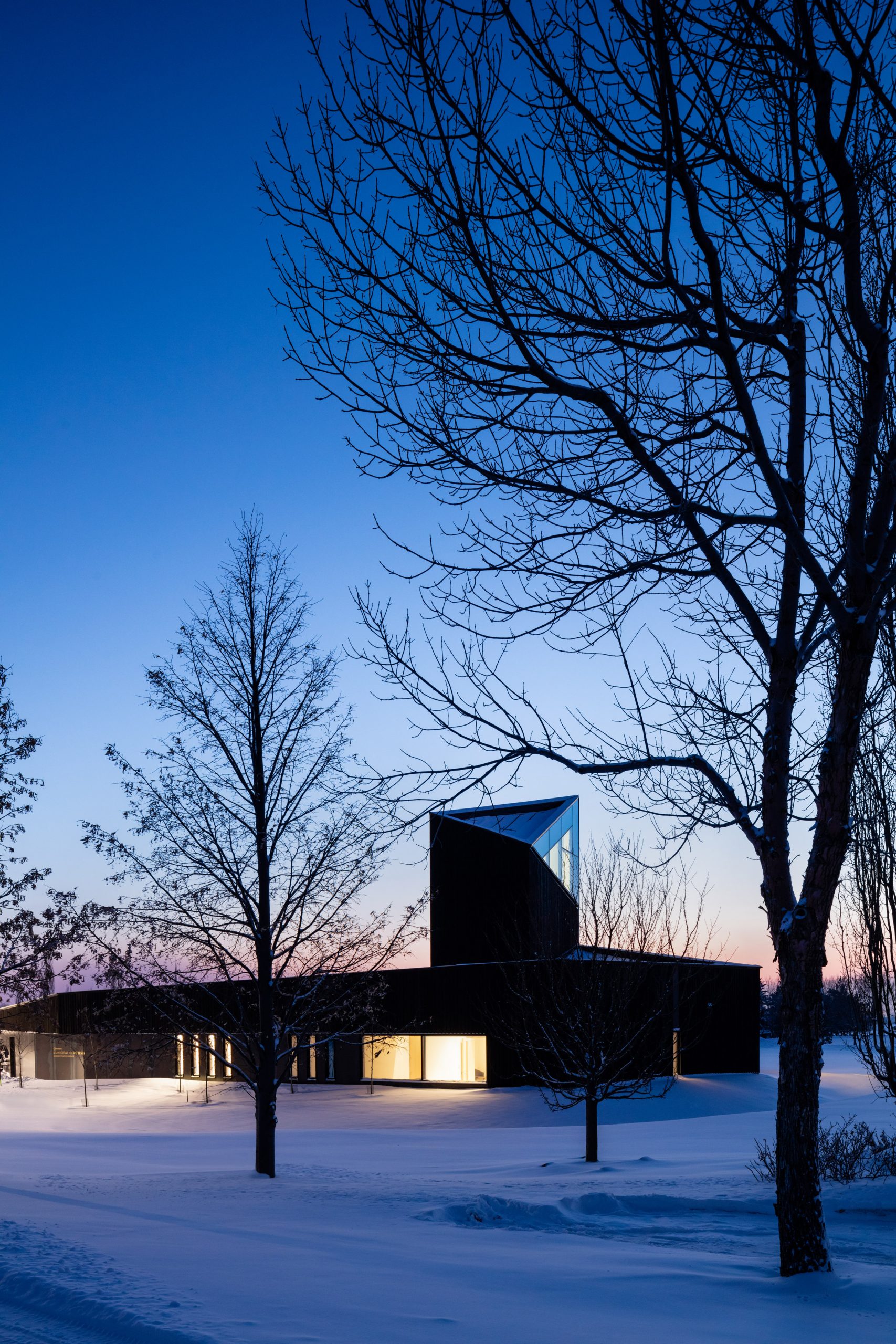
Partially submerged in the landscape, the 650-square-meter single-storey building contains a common burial meeting room as well as offices for maintenance staff and a large garage, hidden from the cemetery by low walls. These public and staff areas are positioned at either end of the building and are divided by a large lobby and reception area which has full-height windows with views of the cemetery.
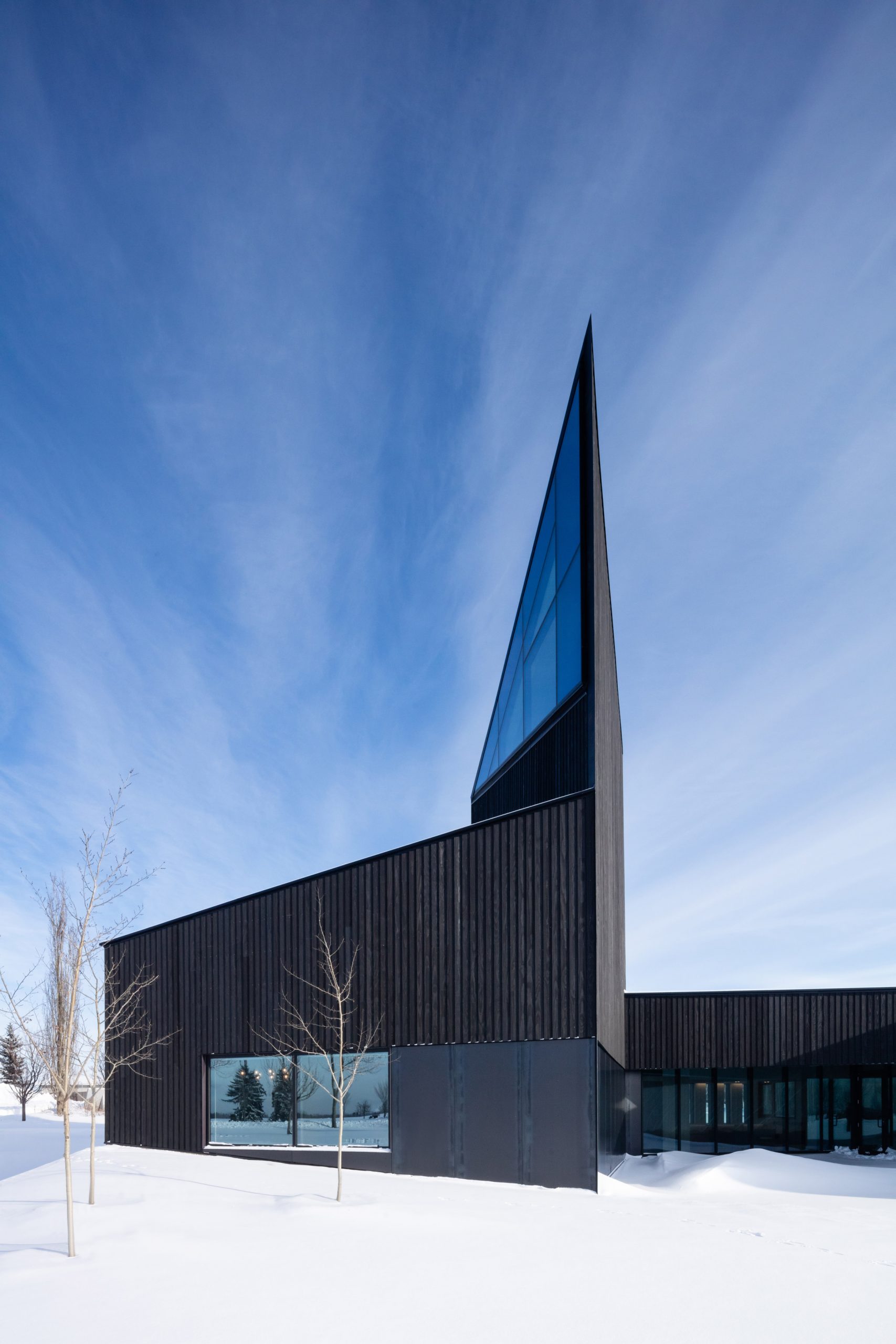
The 13-meter-high angled tower, which stands above the common end of the building which is almost entirely black, marks its position in the cemetery and is reminiscent of the shape of the gravestone. At the top of the tower, triangular windows provide light to one of the family meeting rooms and corridor.
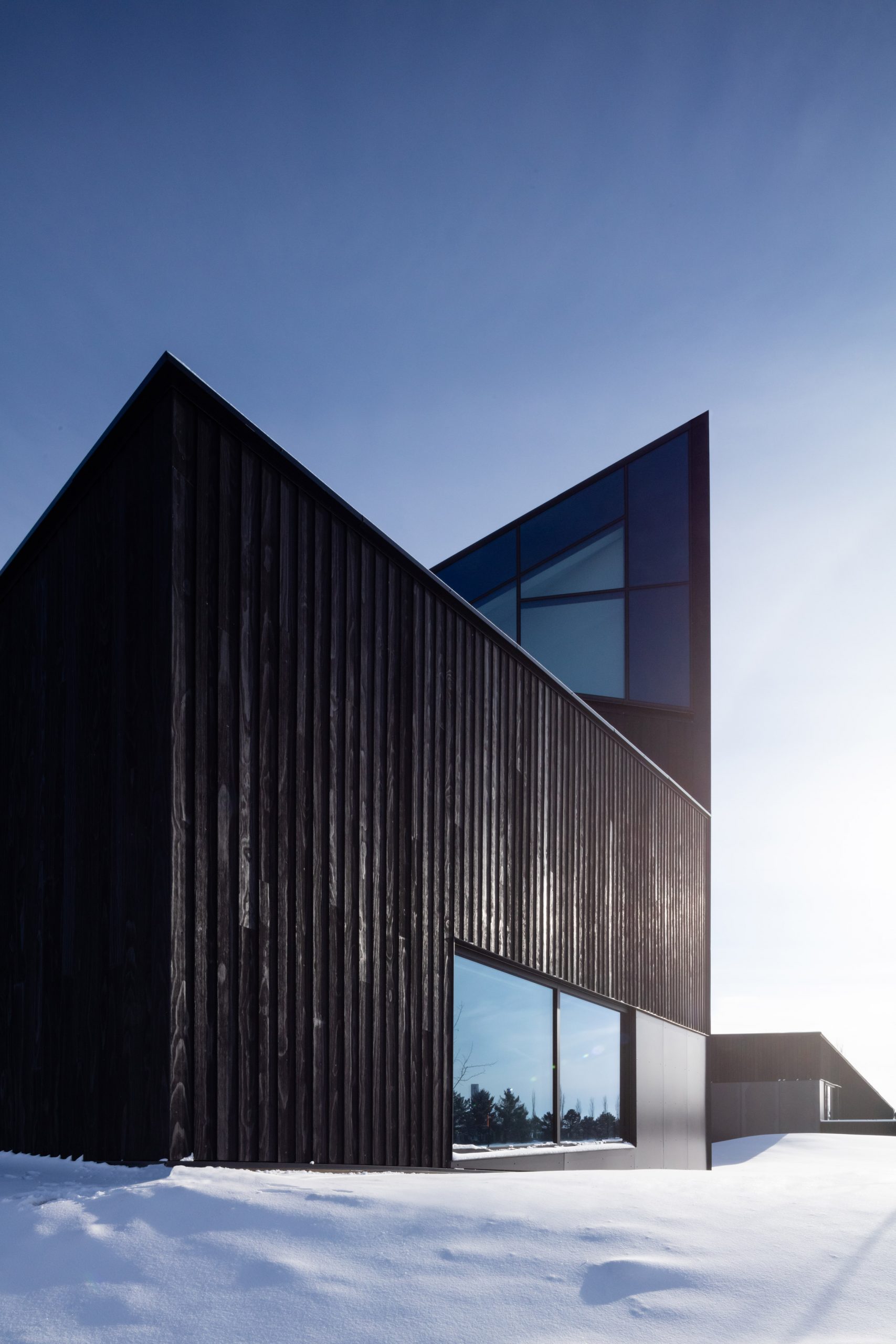
“The building emerges from the prairie landscape and stands against the horizon like a grave marker in the field,” said Smyth.
“From the exterior, the tower acts as a marker in the landscape which is symbolically centralised within the cemetery itself,” he continued.
“Inside, the tower makes reference to the summer solstice and more specifically; how light enters the tower on that day from dawn to dusk.”
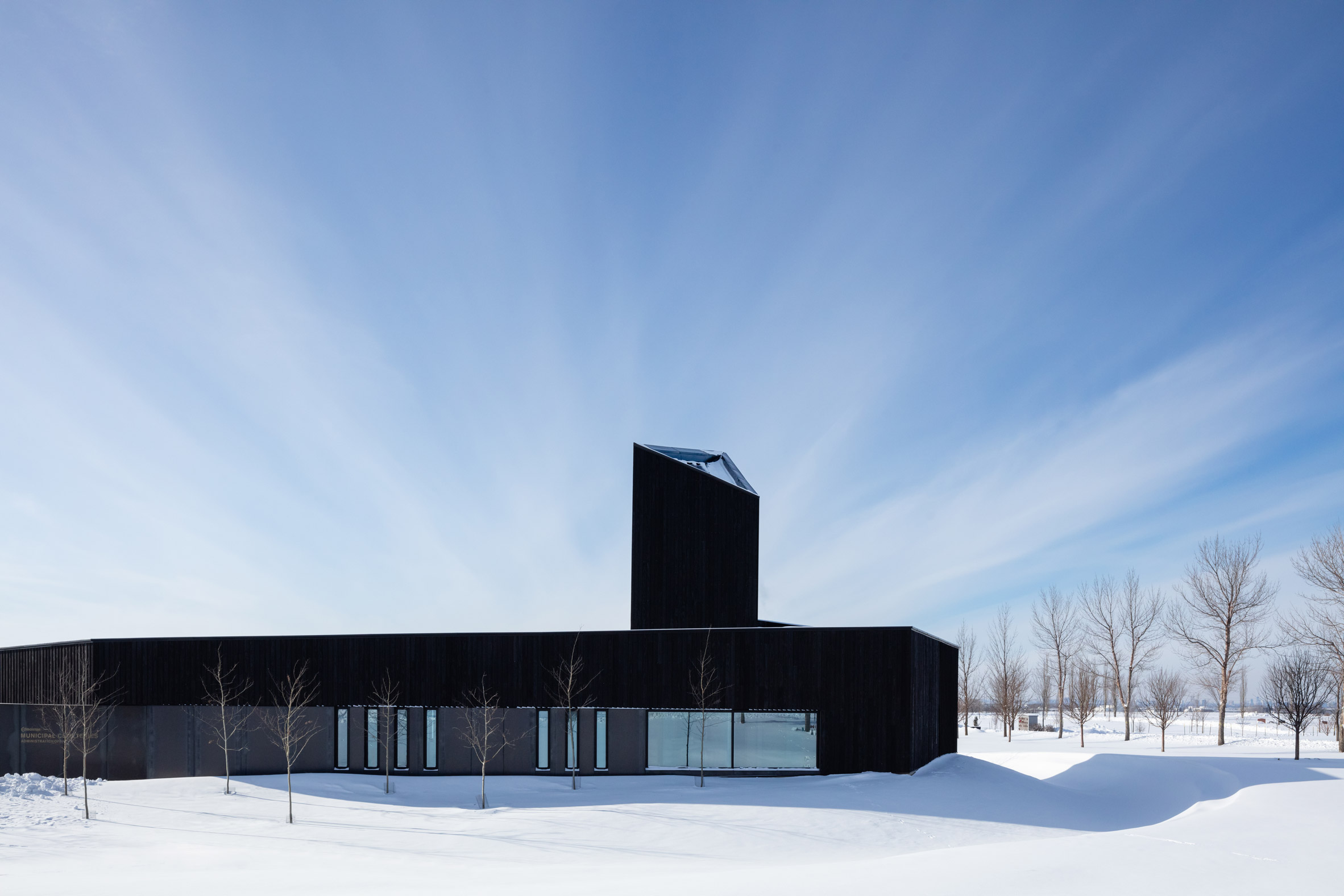
The architect clad the building in a combination of cedar slats, burned using Japanese technique, shou sugi, and black hot rolled steel panels to create a contrast to the surrounding landscape, which is often covered in snow.
“The dark exterior provides high contrast in the winter and is seen as more of a silhouette on the horizon during the spring, summer and autumn,” explained Smyth.
“The ephemerality of the interplay of shadows on the snow contrast the permanence of the physical building itself; where remembrance is signified through the interplay of the architecture, nature and time.”
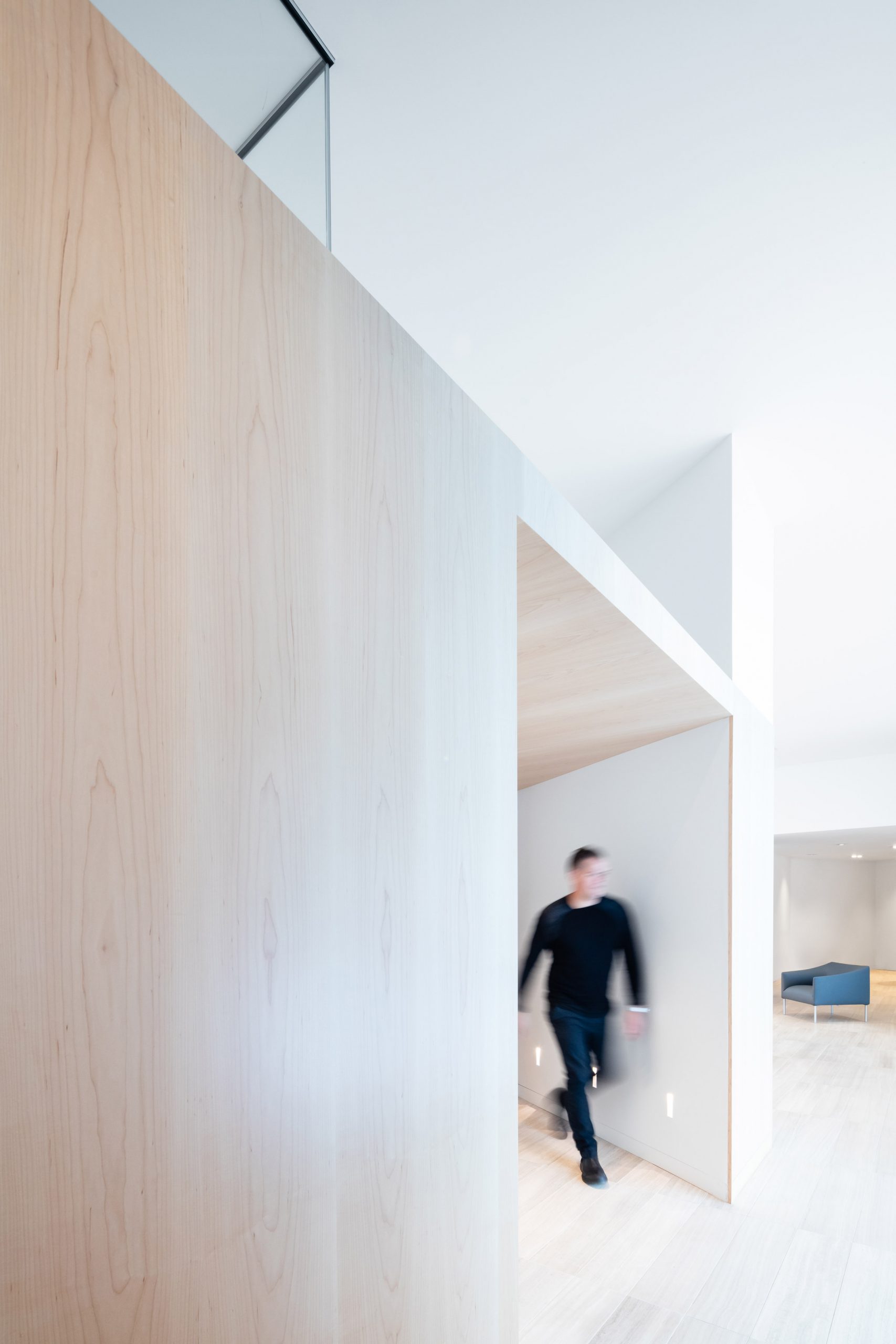
In contrast to the black exterior, the public areas and central interior staff are decorated in light materials. Birch wood is used to line some walls and to create a built-in furniture, while the upper third of the walls and ceiling is painted white.
